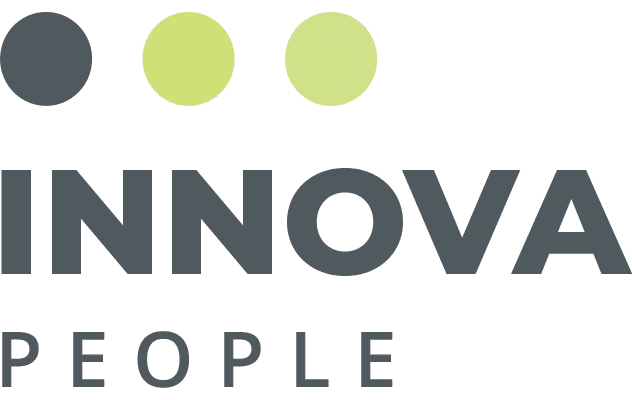As we have seen a dramatic and abrupt shift in the past six months, how and when we work is fundamentally changing. Remote work has allowed the flexibility to log in from anywhere, but the data shows workers aren’t logging off.
According to the 2018 American Time Use Survey – 30 percent of full-time employees report working weekends and holidays. A LinkedIn survey found, 70 percent of professionals say they don’t break away completely when they take a vacation. Most workers admit that they at least check their work email when they’re supposed to be out of the office.
While dedicating extra time to your job may boost your motivation and success, there are tremendous benefits to snoozing all Slack notifications.
Harvard Business Review found that spending weekends or holidays working undermines one of the most critical factors determining whether people persist in their work: intrinsic motivation.
“People feel intrinsically motivated when they engage in activities that they find interesting, enjoyable, and meaningful. Our data shows that working during leisure time creates internal conflict between pursuing personal and professional goals, leading people to enjoy their work less,” the report states.
When people engage in work during a time that they think of as leisure time, such as the weekend or on vacation, they may experience conflict between their expectations and reality. As a result, the HBR data shows they find their work less engaging and less meaningful.
As a manager, set an example by not working during time off and support your employees by encouraging them to do the same. When people don’t take the “OOO” seriously, they begin to feel overwhelmed, disorganized, and less creative at work.
Understanding how to stay motivated has always been important, but as the pandemic forces many employees to work remotely for the long-term and burdens them with additional demands on their time, these strategies will be particularly important to ensure you and your team stay as productive and engaged as possible.
And who doesn’t want to return after a vacation, fully refreshed?



